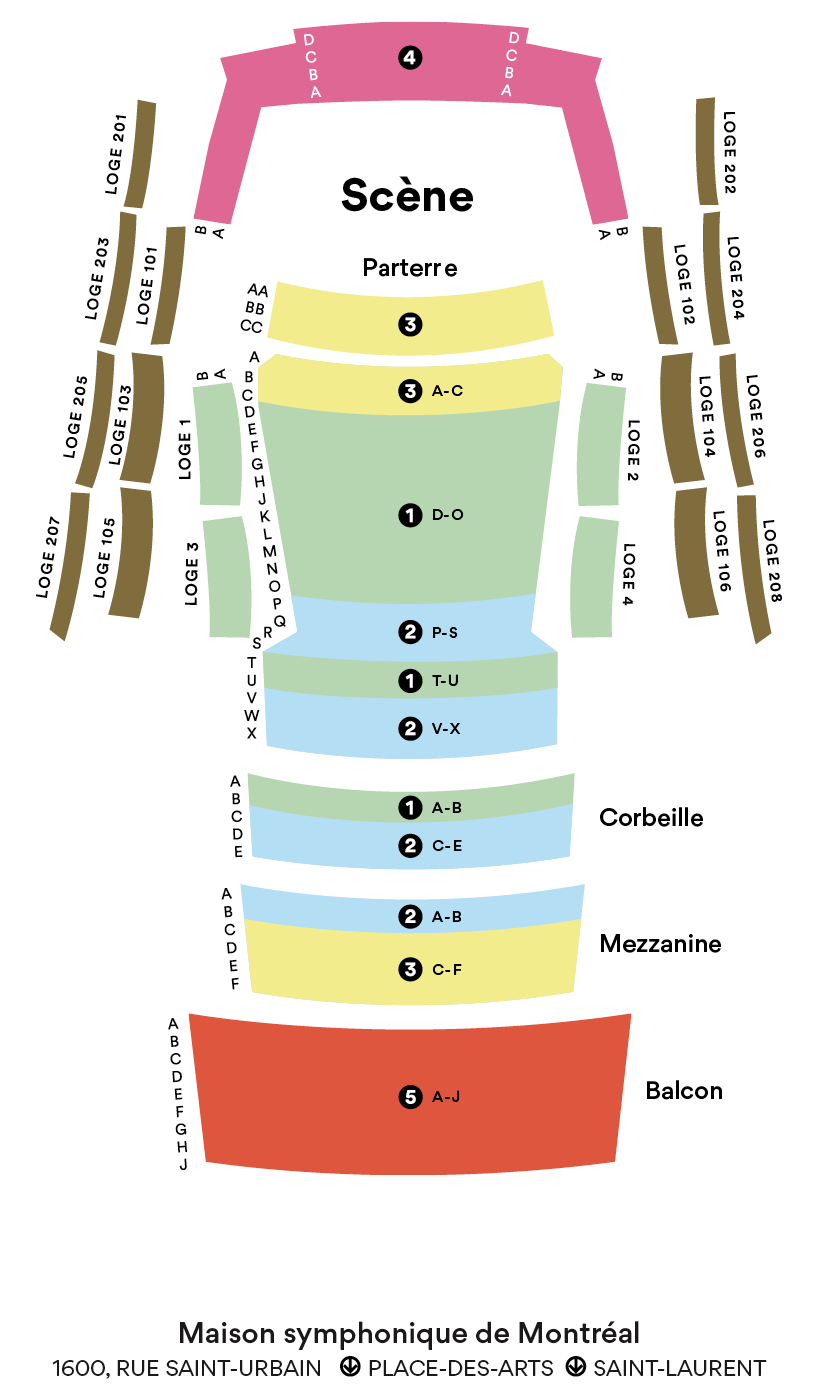Violin Concerto in A minor
Glazunov
1865 – 1936
“The concerto . . . is often said to be the most lyrical since Mendelssohn’s.” – Noel Goodwin
Born in Saint Petersburg in 1865 to a well-off family, Alexander Glazunov began studying the piano at age nine and soon became interested in composition. He didn’t enroll in a conservatory, however, but received private lessons from Balakirev and then Rimski-Korsakov. On turning 16, he composed his first symphony and attracted the attention of a wealthy patron, Mitrofan Belyayev, who programmed the young composer’s chamber works at his Friday musical soirées before appointing him conductor of his Russian Symphony Concerts in 1888. In the meantime, Glazunov went on a long trip of Western Europe, where he met several fellow composers including Liszt. In 1899, he began teaching composition and instrumentation at the Saint Petersburg Conservatory, whose director he would become six years later, a position he held until 1928. He then emigrated to the West, where he received honours from various musical institutions. After several tours, most notably of the United States, Glazunov died in Neuilly-sur-Seine in 1936.
“During his lifetime, one of the great Russian musical celebrities” (Romain Goldron) and having produced some 150 compositions, Glazunov had an exceptional orchestral technique and sense of architecture. Heavily influenced by the German post-romantics, especially Brahms and Richard Strauss, he set aside the Russian nationalism cultivated by his compatriots in favour of a cosmopolitanism, which surely has something to do with his international success. “The character of his music lies more in its spirit, in the quality of the feeling, than in the thematic, rhythmic or instrumental material” (Henry Barraud), through a certain academism places it on the margin of the modern musical currents of his time.
Begun in 1904, Glazunov’s Violin Concerto in A minor, “a work of sound taste,” is a series of thematically related sections played without a break. It begins with the violin in the lower register voicing an expressive, richly chromatic line “faintly coloured with Gypsy elements” (André Lischke) that becomes more virtuosic until the arrival of the second, more serene theme. After an agitated passage, an Andante brings a touch of lyricism with a “very fine and clear” if increasingly complex orchestration before the initial Moderato returns. Then comes a grand, cadenza filled with chords, double stops playing both melody and accompaniment, double trills and left-hand pizzicatos, though the virtuosity is natural and “beautifully integrated into the overall design” (Calum MacDonald). Then erupts the final Allegro in A major. Its pointed, dancing triple metre, colourful orchestration and secondary ideas (one lighthearted, the other, with its pastoral drone, rustic) lend it a sunny, festive atmosphere.
© François Filiatrault, 2023
